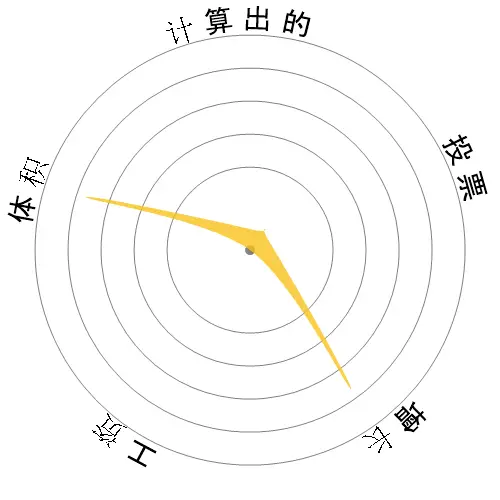驾驶员/销售人员




人们还浏览了
计算自动化风险
迫在眉睫的风险(81-100%):这个等级的职业在不久的将来有极高的可能被自动化。这些工作主要包括重复性高、可预测的任务,几乎不需要人类的判断。
有关这个分数是什么以及如何计算的更多信息可在这里找到。
用户投票
我们的访客投票认为,这个职业很可能会被自动化。 这个评估进一步得到了通过计算得出的自动化风险等级的支持,该等级预计有93%的机会实现自动化。
你认为自动化的风险是什么?
驾驶员/销售人员在未来20年内被机器人或人工智能取代的可能性有多大?
情感
以下图表在有大量投票数据时会显示。这些可视化图表展示了用户投票结果随时间的变化,提供了情感趋势的重要指示。
随着时间(每年)的情绪变化
增长
预计"Driver/Sales Workers"的工作空缺数量将在2033内增长9.2%
总就业人数和预计的职位空缺
更新的预测将在09-2025到期.
工资
在2023,'Driver/Sales Workers'的年度中位数工资为$35,420,或每小时$17。
' Driver/Sales Workers '的薪酬比全国中位工资低26.3%,全国中位工资为$48,060。
随着时间推移的工资
体积
截至2023,在美国有463,120人被雇佣为'Driver/Sales Workers'。
这代表了全国就业劳动力的大约0.30%
换句话说,大约每327人中就有1人被雇佣为“Driver/Sales Workers”。
工作描述
驾驶卡车或其他车辆在既定路线或领土内运营,销售或交付商品,如食品产品,包括餐厅外卖商品,或者接送物品如商业洗衣。也可能接受订单,收取付款,或在交货点存放商品。
SOC Code: 53-3031.00


评论
I think by 2040, the majority of cars on the road will be driven by AI.
And if you don't need human drivers, then trucks and lorries will not make sense from a business standpoint. So, I think large trucks will disappear and a large truck will be replaced with a fleet of smaller cars driven by AI artificial intelligence algorithms.
letters...
If a drone loses signal...what, hover in place with 500 other stones until the battery runs out, return to base, etc..
If the Earth's GPS coverage reaches 100% confidence over an entire delivery area then yes, automation, UNLESS the delivery is to a condo/apartment/mobile home park/ hotel or any delivery point that exists as one unit among many, all sharing the same street address. If these two issues are solved then yes, automation. If these issues persist it will delay implementation.
In sum, it could go either way.
Sincerely,
Heath Edwards
Multiple addresses in one place would also be handled initially by the human equivalent expedient of dumping the package at the apartment block door or leaving a "we missed you - come collect your package at the depot" postcard... given that the delivery times would probably still be faster there would be as few complaints as now (and it would get blamed on software errors instead of shuffling the human to a different route).
This might improve with new buildings with drone landing pads on the roof with special recepticles might well become the norm, proving safer for the incoming packages as well as not having to go to the depot to collect packages that could not be delivered because you weren't in.
关于这个职业请留下您的评论